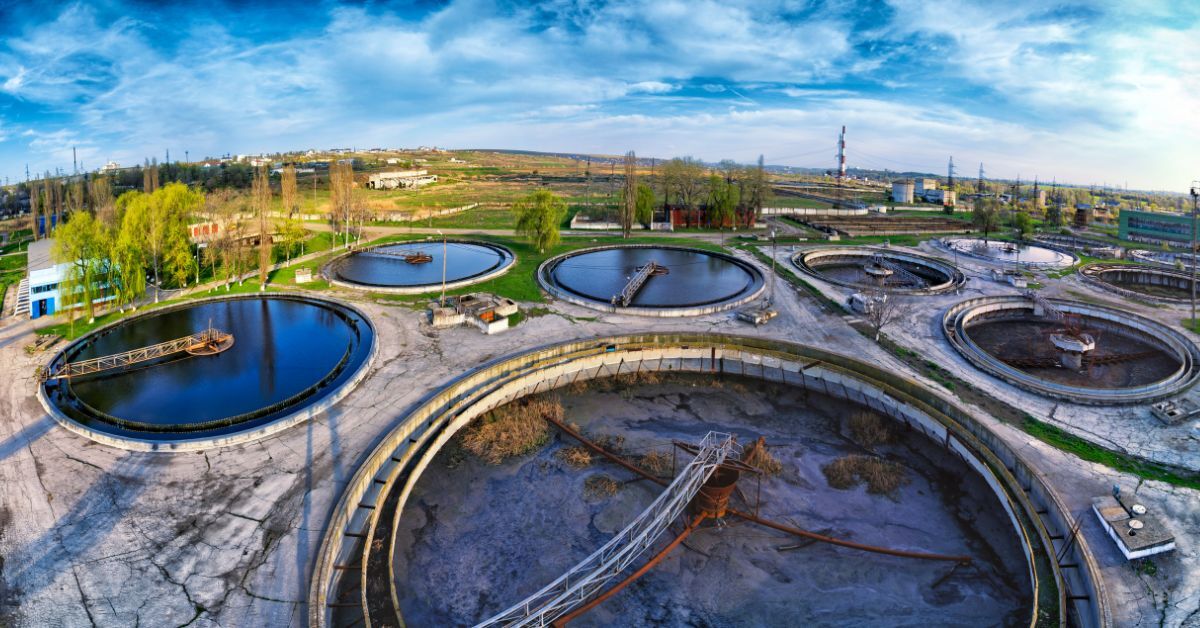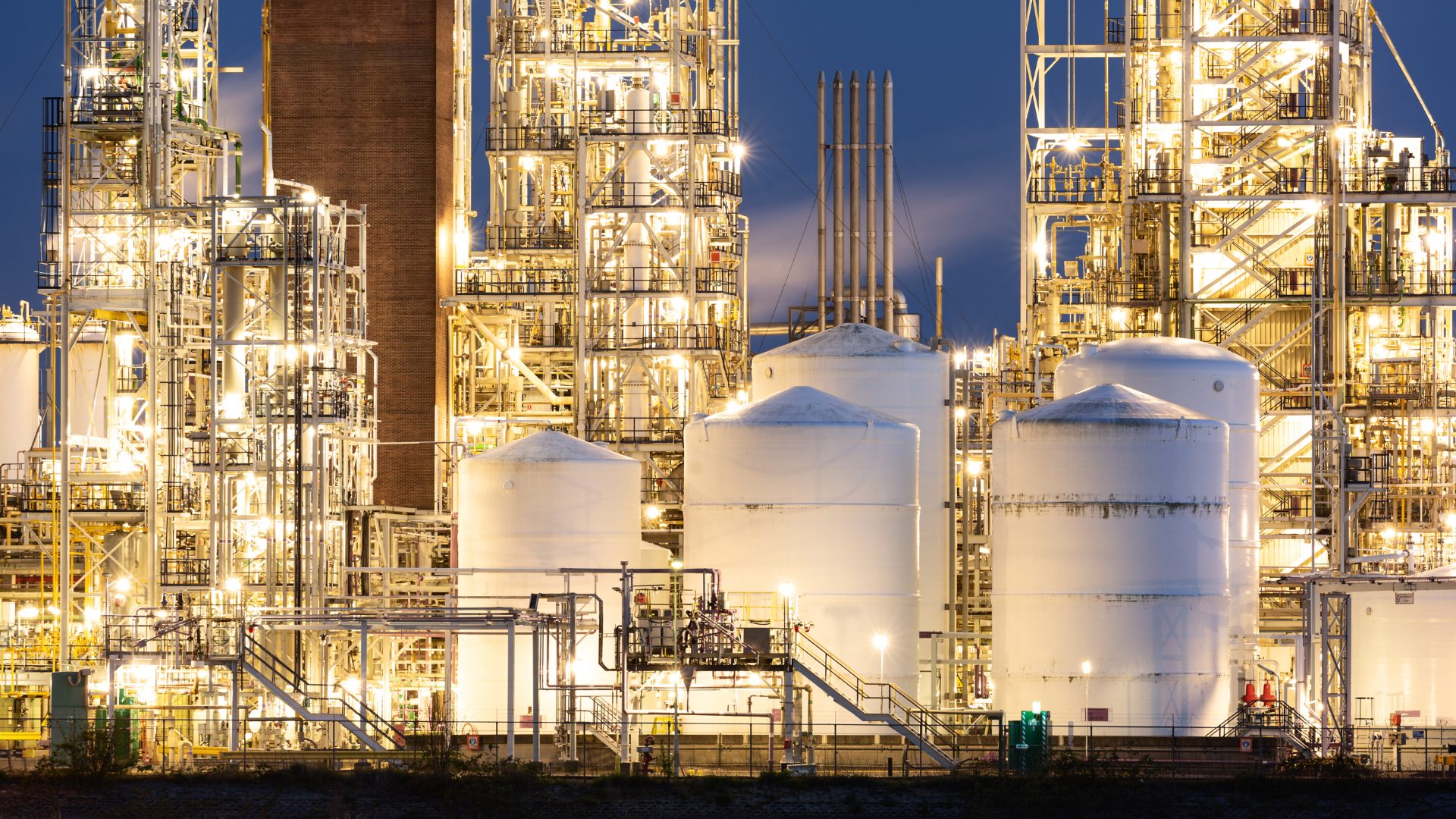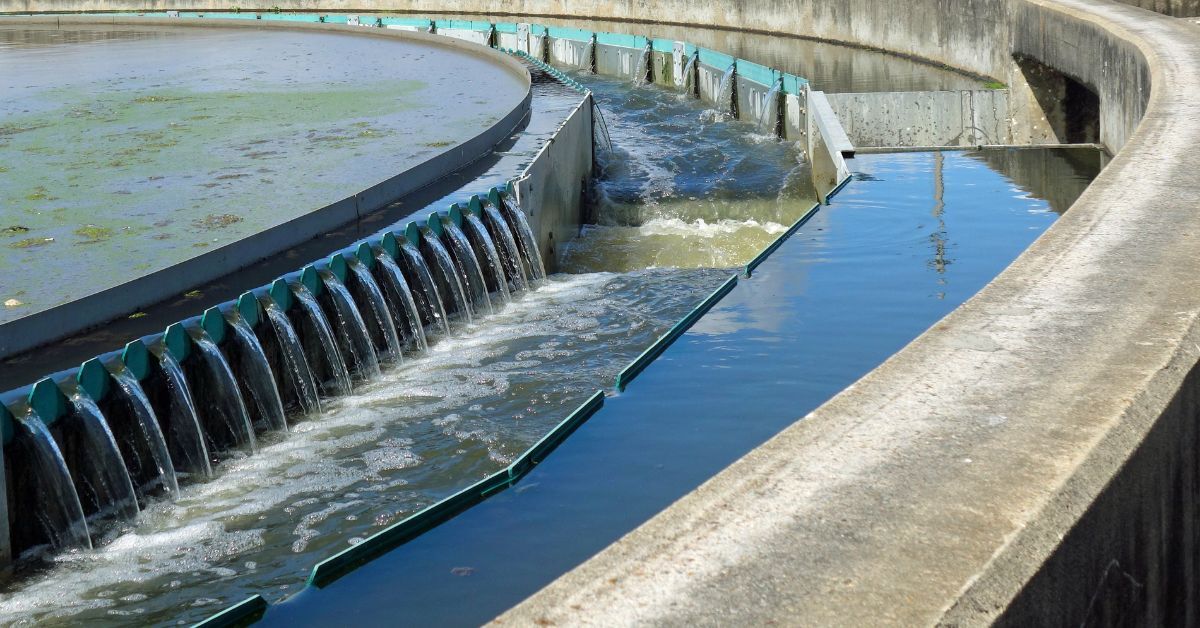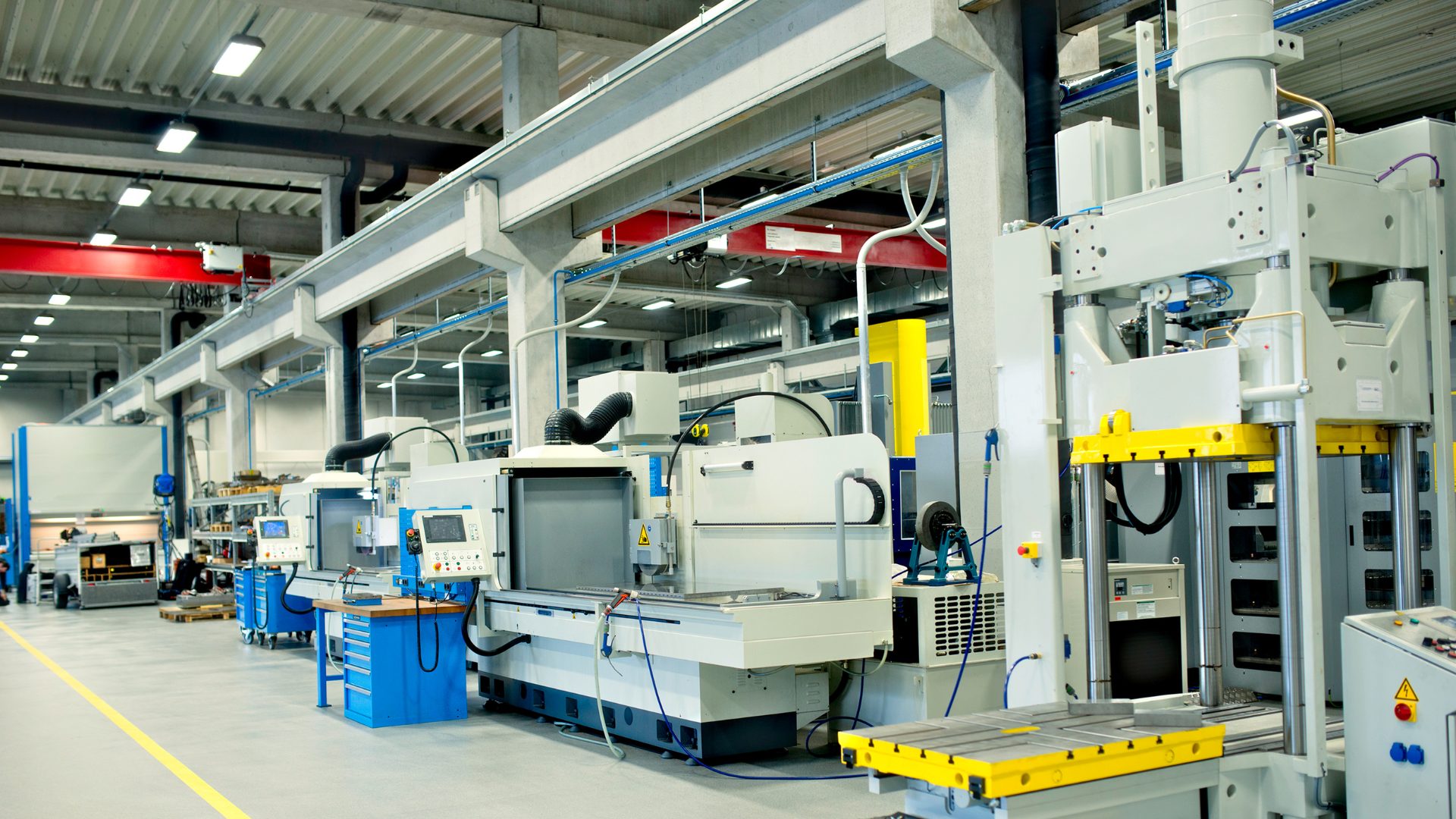What are Soft Sensors?
Machine Learning (ML) to monitor more variables without additional hardware

Soft sensors (“software sensor”), also known as virtual or inferential sensors, are software-based solutions that can predict the behavior of physical sensors without the need for additional hardware.
Machine learning algorithms and other mathematical models act as additional “Soft Sensors” to estimate process variables such as temperature, pressure, and flow rate based on other available data.
Soft sensors have many benefits in industrial settings, including wastewater treatment plants and manufacturing plants, where they can be deployed to improve efficiency, reduce costs, and increase productivity and safety.
The Top 5 Benefits of Soft Sensors for Plant Operators
Plant owners and operators can realize significant value using soft sensors throughout their operations. Machine learning algorithms make predictions based on existing sensor data to deliver additional insights while providing:
- Cost savings: Soft sensors can reduce the need for expensive physical sensors and associated maintenance costs.
- Increased efficiency: Soft sensors can predict process variables in real-time, allowing for adjustments to be made quickly to optimize production and reduce energy consumption.
- Improved reliability: Soft sensors can compensate for errors in physical sensors, resulting in more reliable data.
- Enhanced productivity: Soft sensors can detect deviations from the desired specifications and alert operators to take corrective action, reducing waste and improving throughput.
- Competitive advantage: By using soft sensors, plant owners can improve their efficiency, reduce costs, and improve product quality, giving them a competitive advantage in the marketplace.
By using machine learning algorithms and other mathematical models, soft sensors can estimate process variables without the need for additional hardware.

Benefits of Soft Sensors in Wastewater Treatment Plants
Wastewater Treatment Plants (WWTPs) are responsible for cleaning water before it is released back into the environment. This process requires monitoring and control of various parameters, such as pH, dissolved oxygen, and biological oxygen demand (BOD).
Soft sensors in wastewater treatment plants can be used to:
- Estimate the parameters above (pH, BOD, etc.) by aggregating and analyzing existing data.
- Reduce the need for expensive and complex hardware.
- Predict changes in water quality and adjust the treatment process accordingly, reducing the risk of over-treatment or under-treatment.
These Soft Sensor capabilities lead to significant cost savings, as it optimizes efficiency by reducing the need for chemicals and energy.
Soft sensors can also improve the accuracy of water quality monitoring. Traditional physical sensors can be affected by fouling, drift, and calibration errors, leading to inaccurate readings. Soft sensors can compensate for these errors, resulting in more reliable data.

Benefits of Soft Sensors in Manufacturing Plants
Manufacturing plants use a variety of sensors to monitor production processes and ensure product quality. These existing sensors can be used to deliver more insights.
Soft sensors can be used to:
- Estimate variables such as product thickness, viscosity, and composition, reducing the need for physical sensors and improving efficiency.
- Predict process variables in real-time, allowing for adjustments to be made quickly to optimize production. This leads to increased throughput and reduced downtime.
- Improve product quality by detecting deviations from the desired specifications and alert operators to take corrective action. This can reduce waste and improve customer satisfaction.

Conclusion
In today’s maketplace it is important to maximize the value of investments. Soft Sensors leverage existing sensor infrastructure to provide additional monitoring and quality control.
